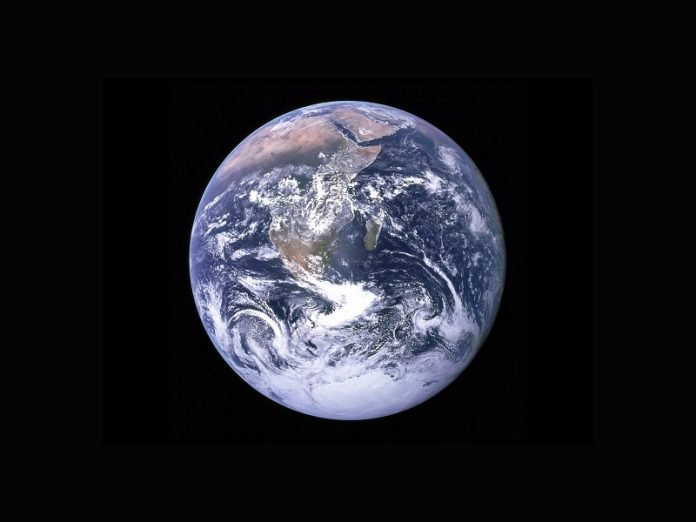
Have you ever wondered why Earth is the only planet in the solar system that has continents?
Or why do these huge chunks of land contain less iron than the crust beneath our oceans?
Well, a recent study funded by the U.S. National Science Foundation is providing some fascinating answers.
The research was carried out by Megan Holycross from Cornell University and Elizabeth Cottrell from the National Museum of Natural History.
Their goal was to explore why the continental crust, or the solid outermost shell of our planet, has less iron and is more ‘oxidized’ than the oceanic crust.
This feature makes it possible for huge areas of our planet to stay above sea level as dry land, which is crucial for the existence of life as we know it.
Their study, which was published in the scientific journal Science, tested a theory from 2018 that suggested the low iron and oxidized state of the continents came from a mineral called garnet.
This theory suggested that garnet was formed deep within the Earth, in the hot molten rock (or magma) under volcanoes.
As it formed, garnet was thought to remove a type of iron that was not oxidized, making the magma more oxidized and less rich in iron.
To test this theory, Cottrell and Holycross conducted 13 experiments, recreating the conditions of the magma chambers deep in the Earth’s crust. They subjected the samples to extreme heat and pressure – imagine 8,000 times the pressure inside your soda can and temperatures hot enough to melt rocks!
In addition to their experiments, they gathered garnet samples from scientists across the globe. These samples had been analyzed before, so the amounts of oxidized and non-oxidized iron they contained were already known.
The researchers took these samples and their experimental materials to the U.S. Department of Energy’s Argonne National Laboratory in Illinois. There, they used a special technique called X-ray absorption spectroscopy to study the structure and composition of the samples.
After all these tests, the team found something surprising. The garnets didn’t take in enough non-oxidized iron to explain why the continental crust is so iron-poor and oxidized. It seems the 2018 theory about garnets was incorrect.
Now, scientists are looking into another interesting idea: maybe oxidized sulfur is responsible for oxidizing iron and creating the unique conditions that give rise to our continents.
The journey to unravel the mysteries of our continents continues, and who knows what fascinating discoveries lie ahead?



